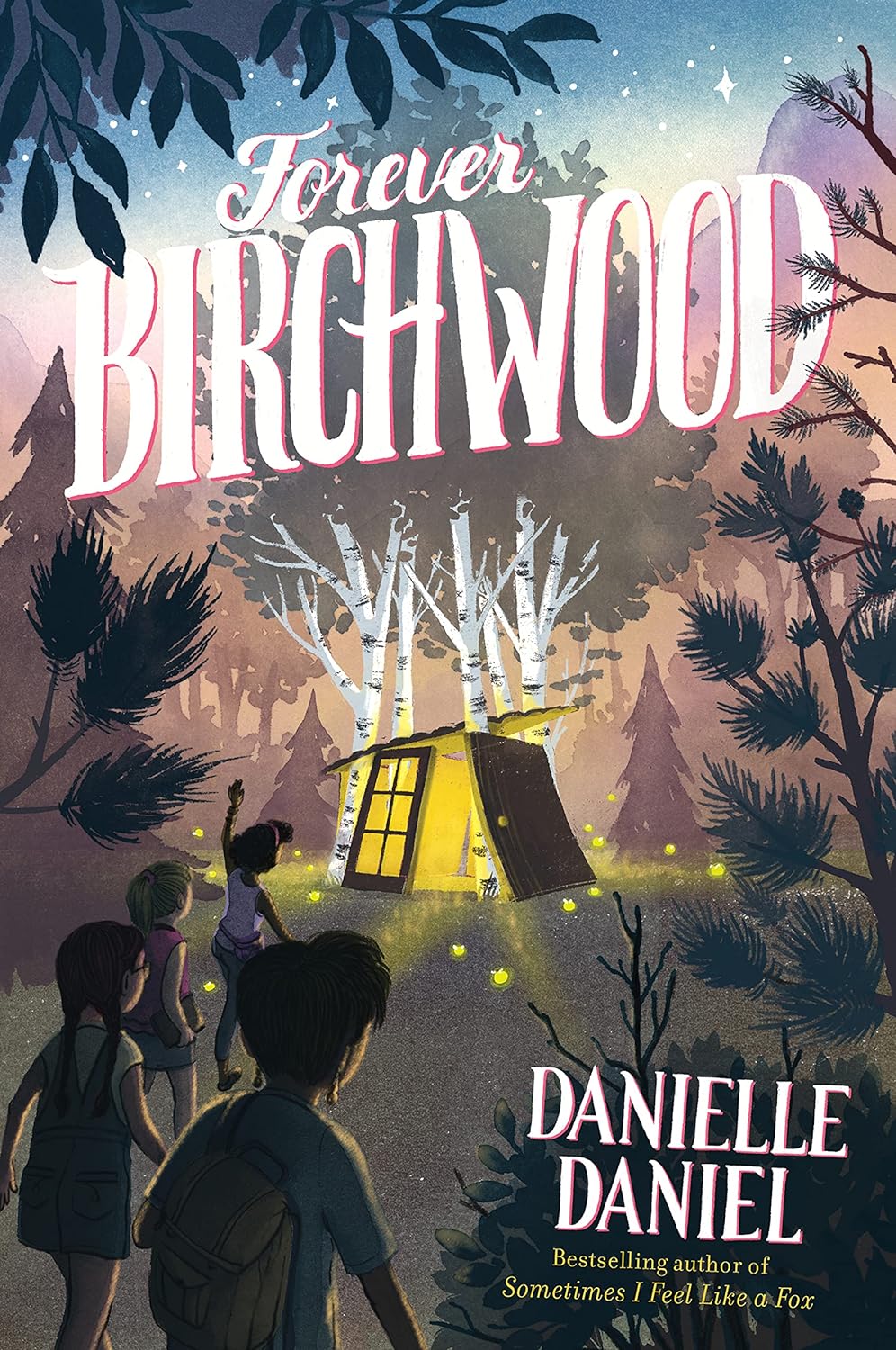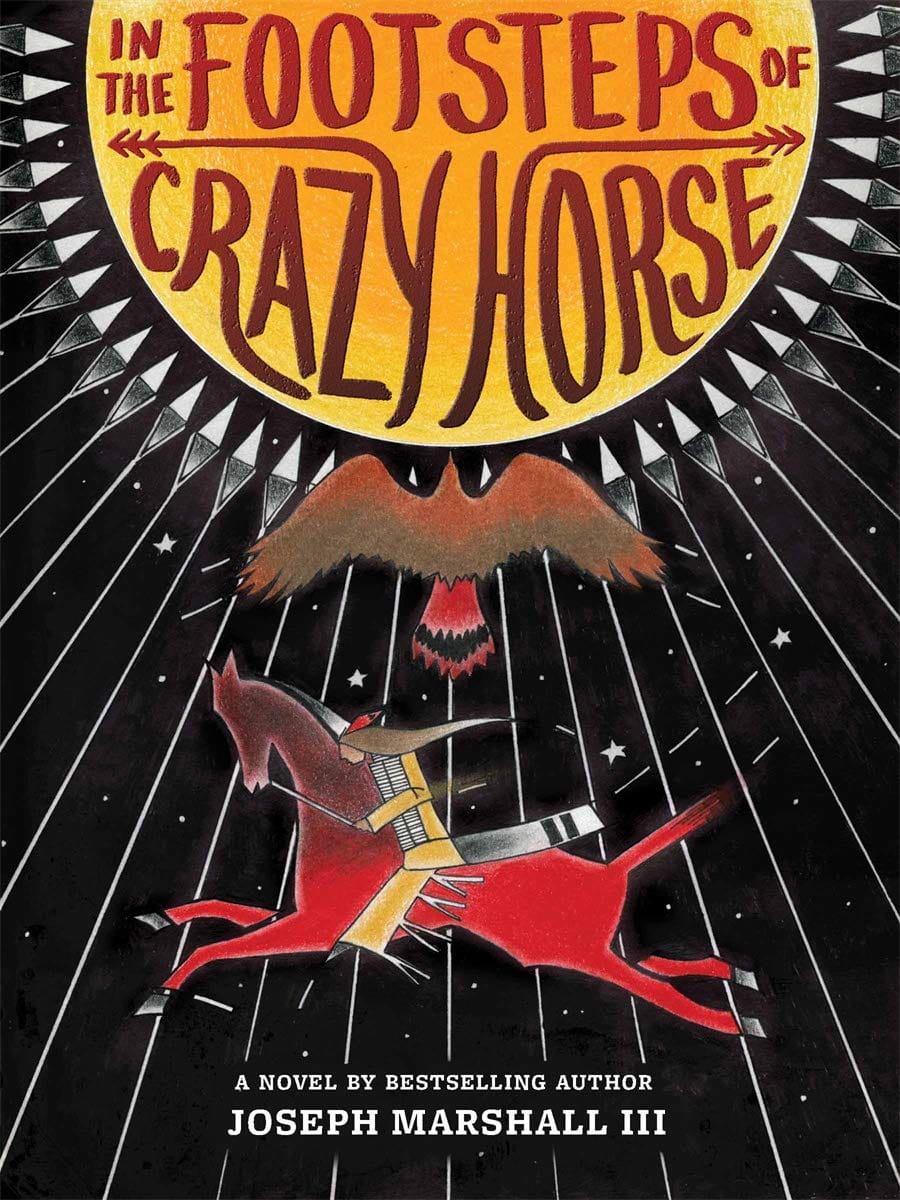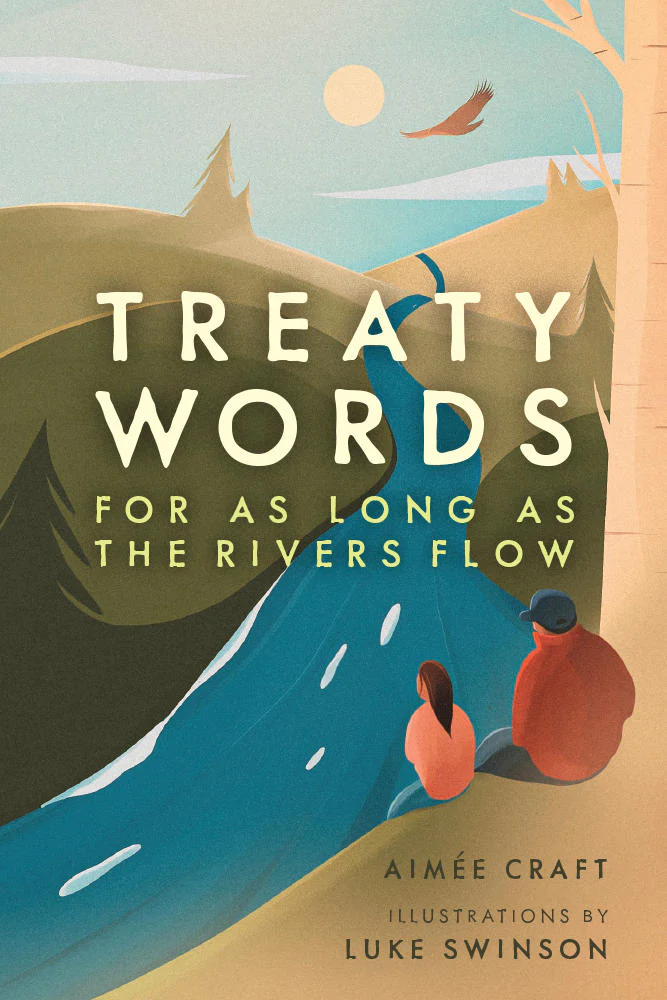Middle Grade: Celebrating Native Identity/Heritage
Middle grade readers are at a pivotal time in their lives when they’re learning about and embracing their identity. This is the perfect moment for them to read books that focus on young Indigenous characters who discover—and celebrate—their heritage.
The primary genres featured in this book list are contemporary and historical fiction. While the following titles represent Indigenous cultures in a positive light, they also address how Native people often face adversity and discrimination. For example, two books on this list give an Indigenous perspective on historical moments, such as the New Zealand dawn raids and the 1978 Indian Child Welfare Act. Despite the harmful impact of these historical moments, these books show Native characters who bravely celebrate their identity and advocate for their heritage.

Dawn Raid
Author
Pauline Vaeluaga Smith (Samoan/Tuvaluan/Scottish/Irish)
Illustrator
Mat Hunkin (Samoan)
Summary
Told through the diary entries of 12-year-old Sofia, this story follows her experience as a biracial—pālagi (white) and Samoan—girl during the 1970s in Wellington, New Zealand. Her father is a Samoan immigrant, and during the time of dawn raids, Pacific Islanders face threats of deportation. Sofia doesn’t consider having a role in social activism until her older brother, Lenny, joins Māori protests for land and language reclamation. While there is growing anger and violence against Pacific Islander immigrants, Sofia celebrates her heritage by learning Māori songs and games and, ultimately, becoming an outspoken public speaker for peace.

Forever Birchwood
Author
Danielle Daniel (Algonquin)
Summary
Wolf is an Indigenous girl growing up in a mining town. She and her three best friends love to hang out in the wilderness and play in their secret treehouse called Birchwood. When Wolf’s grandmother tells her that she’s the great-granddaughter of a tree talker, Wolf feels called to protect the birch trees, including the special treehouse. But the wilderness is on the brink of destruction. Wolf learns that a construction company—owned by her mother’s new boyfriend—plans to tear down the birch trees and build a subdivision. Through Wolf’s effort to protect their environment and sacred land, she digs into the history of her Indigenous roots and celebrates her heritage.

I Can Make This Promise
Author
Christine Day (Upper Skagit)
Summary
Edie’s mother was adopted by a white family, so the 12 year old doesn’t know anything about her Native heritage—even though she’s very curious. One day, when she and her friends are playing in the attic, they find a box filled with letters that just might hold the answers to all of Edie’s questions. Learning about the author of these letters leads to Edie learning about her ancestors and the history of the 1978 Indian Child Welfare Act, which forcibly displaced Native children from their families and culture. Edie’s newfound knowledge of her heritage leads to the celebration of her Native identity.

In The Footsteps Of Crazy Horse
Author
Joseph Marshall III (Sicangu Lakota)
Summary
Jimmy McLean is a Lakota boy who goes on a road trip with his grandfather over the summer. During their journey, they visit several historical sites connected to Tasunke Witko, better known as Crazy Horse. This was a Lakota hero from the 1800’s, and he heroically protected the Lakota people from the encroachment of settlers, including gold miners and the U.S. Army. Switching from fiction and non-fiction, Jimmy learns about the Battle of the Greasy Grass and the Battle of the Hundred-in-the-Hands. Jimmy feels connected to this hero, who was also bullied for having light hair and coloring. While connecting to Crazy Horse on a personal level, Jimmy also admires the Lakota hero’s cultural perseverance, which leads to Jimmy’s deeper appreciation for his Native heritage.

Treaty Words: For As Long As The Rivers Flow
Author
Aimée Craft (Anishinaabe/Cree)
Illustrator
Luke Swinson (Anishinaabe/Mississaugas of Scugog Island First Nation)
Summary
As a young girl sits by the river with her Mishomis (grandfather), she learns about the true spirit of treaties and how they are built on respect for all living things. The Indigenous perspective of treaties is different from the legality that’s valued in modern times. Through this lesson, the young girl identifies her place in Creation, amongst the land, the animals, and the people. Learning about her Indigenous roots leads to a pivotal moment, and she ultimately realizes she has a responsibility to preserve their heritage and celebrate their history.
Conclusion
This book list represents Native characters in contemporary and historical times. While discrimination is honestly depicted in these books, the overall focus is on the characters’ inner journeys of accepting, and, ultimately, celebrating their Native heritage. Educators will appreciate these titles because they encourage readers to be confident about their identity, even in the face of adversity.

About the Author
Tehya Foussat
Tehya Foussat is an Indigenous writer living with a physical disability, and she is the Marketing Coordinator for the upcoming documentary Books Across America. Her unpublished manuscript, Paintakers, earned a semifinalist spot for the 2022 pilot episode of America’s Next Great Author. Tehya is an enrolled member of the Pechanga Band of Indians, and she currently resides in Southern California. Her website is www.icreatefiction.com.

